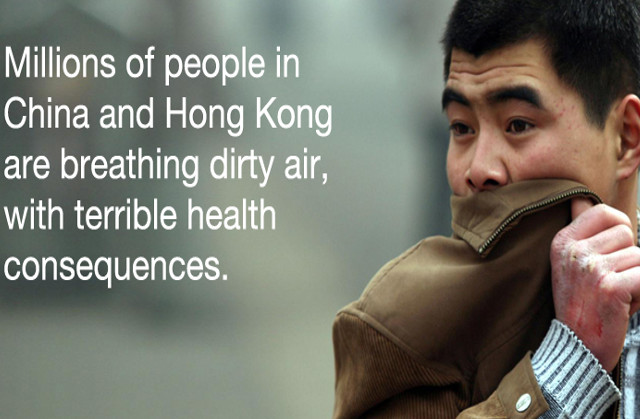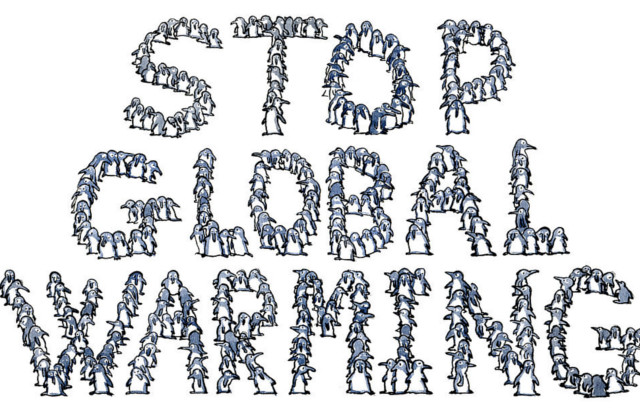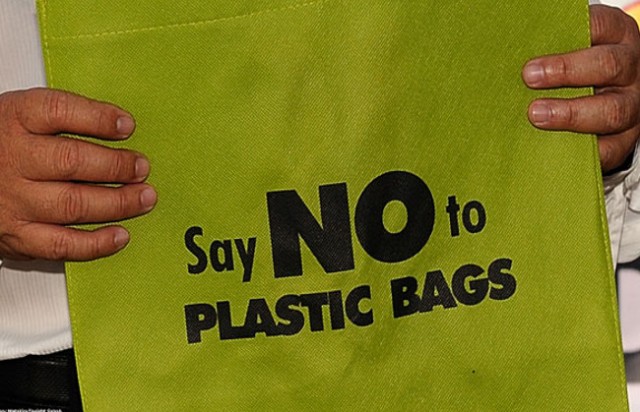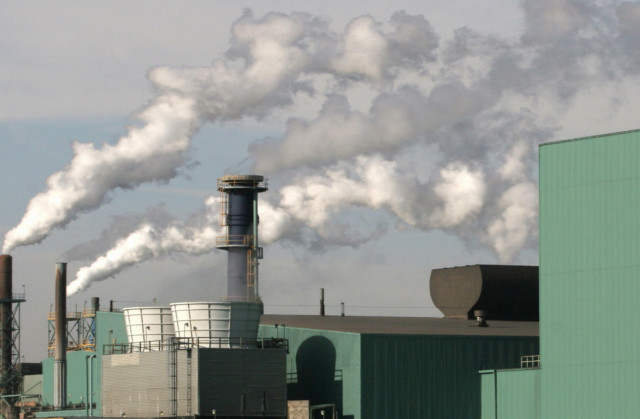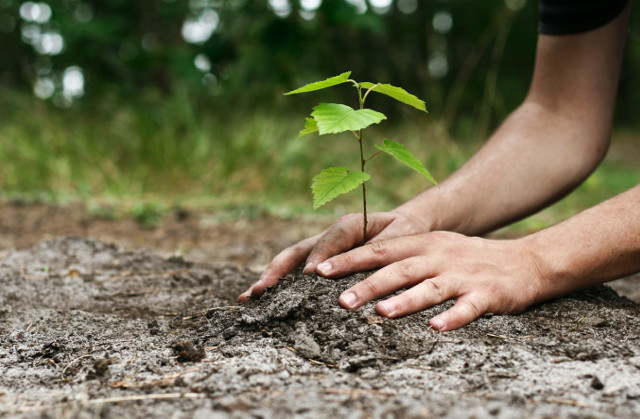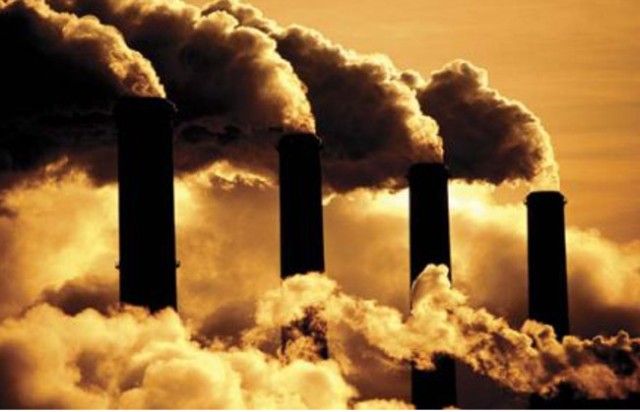Many climate studies have predicted that tree species will respond to global warming by migrating via seed dispersal to cooler climates. But a new study of 65 different species in 31 eastern states finds evidence of a different, unexpected response.Many climate studies have predicted that tree species will respond to global warming by migrating via seed dispersal to cooler climates. But a new study of 65 different species in 31 eastern states finds evidence of a different, unexpected response.
Nearly 80 percent of the species aren’t yet shifting their geographic distributions to higher latitudes. Instead, they’re staying in place — but speeding up their life cycles.
The Duke University-led study, published online Wednesday in the peer-reviewed journal Global Change Biology, is the first to show that a changing climate may have dual impacts on forests. It adds to a growing body of evidence, including a 2011 study by the same Duke team, that climate-driven migration is occurring much more slowly than predicted, and most plant species may not be able to migrate fast enough to stay one step ahead of rising temperatures.
“Our analysis reveals no consistent, large-scale northward migration is taking place. Instead, most trees are responding through faster turnover — meaning they are staying in place but speeding up their life cycles in response to longer growing seasons and higher temperatures,” said James S. Clark, H.L. Blomquist Professor of Environment at Duke’s Nicholas School of the Environment.
Anticipating the impacts of this unexpected change on U.S. forests is an important issue for forest managers and for the nation as a whole, Clark said. It will have far-reaching consequences for biodiversity and carbon storage.
To test whether trees are migrating northward, having faster turnover, or both, the scientists went through decades of data on 65 dominant tree species in the 31 eastern states, compiled by the USDA Forest Service’s Forest Inventory and Analysis program. They used computer models to analyze the temperature and precipitation requirements of the trees at different life stages, and also considered factors like reproductive dependence of young and adult trees.
“The patterns we were able to see from this massive study are consistent with forests having faster turnover, where young trees tend to be more abundant than adult trees in warm, wet climates. This pattern is what we would expect to see if populations speed up their life cycle in warming climates,” said lead author Kai Zhu, a doctoral student of Clark’s at Duke. “This is a first sign of climate change impacts, before we see large-scale migrations. It gives a very different picture of how trees are responding to climate change.”
The fact that most trees are not yet showing signs of migration “should increase awareness that there is a significant lag time in how tree species are responding to the changing climate,” Zhu said.
Source: http://www.sciencedaily.com



